Agriculture, Food Challenges and Potential Solutions
Usually dispatched in 2 to 3 days
Usually dispatched in 2 to 3 days
Category:
Irrigation & Agriculture
Only logged in customers who have purchased this product may leave a review.
Related products
Chemigation Backflow Prevention
Introduction
The purpose of this guide is to familiarize those injecting pesticides into irrigation systems with the federal government's equipment requirements on the pesticide label.
The guide will cover the legal requirements as well as discuss practical ways to meet the requirements.
Chemigation Backflow Prevention
Introduction
The purpose of this guide is to familiarize those injecting pesticides into irrigation systems with the federal government's equipment requirements on the pesticide label.
The guide will cover the legal requirements as well as discuss practical ways to meet the requirements.
Water and Agriculture: Towards Sustainable Solutions
The main pressures from agriculture are linked to diffuse pollution from nutrients and chemicals, water abstraction and hydromorphological changes. Often several pressures act at the same time, potentially increasing the range of ecological impacts. According to information reported under the WFD, around one third of surface water bodies fail to achieve good status because of one or several of these pressures.
Water and Agriculture: Towards Sustainable Solutions
The main pressures from agriculture are linked to diffuse pollution from nutrients and chemicals, water abstraction and hydromorphological changes. Often several pressures act at the same time, potentially increasing the range of ecological impacts. According to information reported under the WFD, around one third of surface water bodies fail to achieve good status because of one or several of these pressures.
Safe Use of Wastewater in Agriculture Good Practice Examples
Abstract
Managed aquifer recharge (MAR) systems such as riverbank iltration and soil-aquifer treatment all involve the use of natural subsurface systems to improve the quality of recharged water (i.e., surface water, storm water, reclaimed water) before reuse (e.g. planned potable reuse). During MAR, water is either iniltrated via basins, subsurface injected or abstracted from wells adjacent to rivers. MAR systems represent an attractive option for augmenting and improving groundwater quality as well as for environmental management purposes. However, reuse systems designed for applications that involve human contact should include redundant barriers for pathogens that cause waterborne diseases. This case covers key aspects of a case study on virus removal at three full-scale MAR systems located in different regions of the United States (Arizona, Colorado, and California). MAR projects may be economically viable for developing countries; however, sustainable management is relevant to successfully maintain the attributes necessary for potable and non-potable water reuse.
Keywords: management, aquifer, recharge, removal, viruses
Safe Use of Wastewater in Agriculture Good Practice Examples
Abstract
Managed aquifer recharge (MAR) systems such as riverbank iltration and soil-aquifer treatment all involve the use of natural subsurface systems to improve the quality of recharged water (i.e., surface water, storm water, reclaimed water) before reuse (e.g. planned potable reuse). During MAR, water is either iniltrated via basins, subsurface injected or abstracted from wells adjacent to rivers. MAR systems represent an attractive option for augmenting and improving groundwater quality as well as for environmental management purposes. However, reuse systems designed for applications that involve human contact should include redundant barriers for pathogens that cause waterborne diseases. This case covers key aspects of a case study on virus removal at three full-scale MAR systems located in different regions of the United States (Arizona, Colorado, and California). MAR projects may be economically viable for developing countries; however, sustainable management is relevant to successfully maintain the attributes necessary for potable and non-potable water reuse.
Keywords: management, aquifer, recharge, removal, viruses
Water Productivity of Irrigated Agriculture in India Potential areas for improvement
Abstract
The objective of this paper is to estimate water productivity in irrigated agriculture in selected basins in India; and to identify the drivers of change in water productivity in these regions.
Water Productivity of Irrigated Agriculture in India Potential areas for improvement
Abstract
The objective of this paper is to estimate water productivity in irrigated agriculture in selected basins in India; and to identify the drivers of change in water productivity in these regions.
Agroecological Approaches for Soil Health and Water Management
In the last century, innovations in agricultural technologies centered on maximizing food production to feed the growing population have contributed to significant changes in agroecosystem processes, including carbon, nutrients, and water cycling. There are growing concerns regarding soil fertility depletion, soil carbon loss, greenhouse gas emissions, irrigational water scarcity, and water pollution, affecting soil health, agricultural productivity, systems sustainability, and environmental quality. Soils provide the foundation for food production, soil water and nutrient cycling, and soil biological activities. Therefore, an improved understanding of biochemical pathways of soil organic matter and nutrient cycling, microbial community involved in regulating soil health, and soil processes associated with water flow and retention in soil profile helps design better agricultural systems and ultimately support plant growth and productivity. This book, Agroecological Approaches in Soil and Water Management, presents a collection of original research and review papers studying physical, chemical, and biological processes in soils and discusses multiple ecosystem services, including carbon sequestration, nutrients and water cycling, greenhouse gas emissions, and agro-environmental sustainability.
Agroecological Approaches for Soil Health and Water Management
In the last century, innovations in agricultural technologies centered on maximizing food production to feed the growing population have contributed to significant changes in agroecosystem processes, including carbon, nutrients, and water cycling. There are growing concerns regarding soil fertility depletion, soil carbon loss, greenhouse gas emissions, irrigational water scarcity, and water pollution, affecting soil health, agricultural productivity, systems sustainability, and environmental quality. Soils provide the foundation for food production, soil water and nutrient cycling, and soil biological activities. Therefore, an improved understanding of biochemical pathways of soil organic matter and nutrient cycling, microbial community involved in regulating soil health, and soil processes associated with water flow and retention in soil profile helps design better agricultural systems and ultimately support plant growth and productivity. This book, Agroecological Approaches in Soil and Water Management, presents a collection of original research and review papers studying physical, chemical, and biological processes in soils and discusses multiple ecosystem services, including carbon sequestration, nutrients and water cycling, greenhouse gas emissions, and agro-environmental sustainability.
Watering Floodplain Wetlands in the Murray–Darling Basin to Benefit Native Fish A Discussion with Managers
This report describes the content and outcomes of a workshop entitled ‘Watering Floodplain Wetlands of the Murray–Darling Basin for Fish: A Discussion with Managers’ held on 5 March 2008 at Wonga Wetlands in Albury (NSW). The workshop was part of a four-year, National Water Commission funded project aimed at optimizing wetland environmental watering protocols to maximize benefits to native fish populations.
Watering Floodplain Wetlands in the Murray–Darling Basin to Benefit Native Fish A Discussion with Managers
This report describes the content and outcomes of a workshop entitled ‘Watering Floodplain Wetlands of the Murray–Darling Basin for Fish: A Discussion with Managers’ held on 5 March 2008 at Wonga Wetlands in Albury (NSW). The workshop was part of a four-year, National Water Commission funded project aimed at optimizing wetland environmental watering protocols to maximize benefits to native fish populations.
Soil Hydrology for a Sustainable Land Management
Soil hydrology determines the water–soil–plant interactions in the Earth’s system because porous medium acts as an interface within the atmosphere and lithosphere; regulates main processes such as runoff discharge, aquifer recharge, movement of water, and solutes into the soil; and ultimately the amount of water retained and available for plants growth. Soil hydrology can be strongly affected by land management. Therefore, investigations aimed at assessing the impact of land management changes on soil hydrology are necessary, especially to optimize water resources. This Special Issue collects 12 original contributions addressing the state-of-the-art advances in soil hydrology for sustainable land management.
These contributions cover a wide range of topics including (i) the effects of land use change, (ii) water use efficiency, (iii) erosion risk, (iv) solute transport, and (v) new methods and devices for improved characterization of soil physical and hydraulic properties. They include both field and laboratory experiments as well as modelling studies. Different spatial scales, i.e., from field to regional scales, and a wide range of geographic regions are also covered. The collection of these manuscripts presented in this Special Issue provides a relevant knowledge contribution for effective saving water resources and sustainable land management.
Soil Hydrology for a Sustainable Land Management
Soil hydrology determines the water–soil–plant interactions in the Earth’s system because porous medium acts as an interface within the atmosphere and lithosphere; regulates main processes such as runoff discharge, aquifer recharge, movement of water, and solutes into the soil; and ultimately the amount of water retained and available for plants growth. Soil hydrology can be strongly affected by land management. Therefore, investigations aimed at assessing the impact of land management changes on soil hydrology are necessary, especially to optimize water resources. This Special Issue collects 12 original contributions addressing the state-of-the-art advances in soil hydrology for sustainable land management.
These contributions cover a wide range of topics including (i) the effects of land use change, (ii) water use efficiency, (iii) erosion risk, (iv) solute transport, and (v) new methods and devices for improved characterization of soil physical and hydraulic properties. They include both field and laboratory experiments as well as modelling studies. Different spatial scales, i.e., from field to regional scales, and a wide range of geographic regions are also covered. The collection of these manuscripts presented in this Special Issue provides a relevant knowledge contribution for effective saving water resources and sustainable land management.
A Benefit-cost Analysis Of Treated Wastewater Reuse For Irrigation In Tubas
The West Bank, Palestine suffers from water scarcity due to the high population growth rate, the political situation that dictates the utilization and development of the water resources and the arid and semiarid climate conditions. Reuse of treated wastewater can be a source of water for the
irrigation of agricultural crops and thus this will lessen the stress on the water resources, increase the agricultural productivity and prevent the pollution of
the soil and groundwater. This work investigated the feasibility of reusing treated wastewater for irrigation in the Tubas area. Thereafter, a benefit-cost analysis was carried out to estimate the cost of the reuse of the treated wastewater in Tubas area. The study considered five options for wastewater treatment in Tubas area: construction of a treatment plant for the wastewater originating from the north of Tubas, south of Tubas, north of Tubas and Tayaser village, all of Tubas, and all of Tubas and Tayaser village, respectively. The study analyzed three systems for secondary wastewater treatment: activated sludge (AS), trickling filter (TF) and aerated lagoons (AL).
Rated 5.00 out of 5
A Benefit-cost Analysis Of Treated Wastewater Reuse For Irrigation In Tubas
The West Bank, Palestine suffers from water scarcity due to the high population growth rate, the political situation that dictates the utilization and development of the water resources and the arid and semiarid climate conditions. Reuse of treated wastewater can be a source of water for the
irrigation of agricultural crops and thus this will lessen the stress on the water resources, increase the agricultural productivity and prevent the pollution of
the soil and groundwater. This work investigated the feasibility of reusing treated wastewater for irrigation in the Tubas area. Thereafter, a benefit-cost analysis was carried out to estimate the cost of the reuse of the treated wastewater in Tubas area. The study considered five options for wastewater treatment in Tubas area: construction of a treatment plant for the wastewater originating from the north of Tubas, south of Tubas, north of Tubas and Tayaser village, all of Tubas, and all of Tubas and Tayaser village, respectively. The study analyzed three systems for secondary wastewater treatment: activated sludge (AS), trickling filter (TF) and aerated lagoons (AL).
Rated 5.00 out of 5



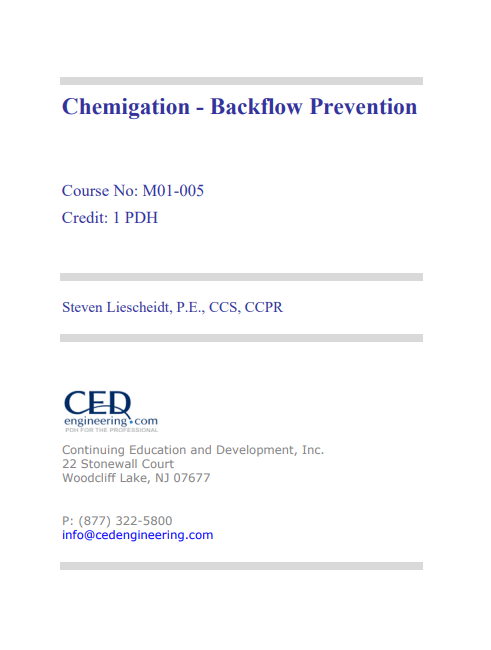
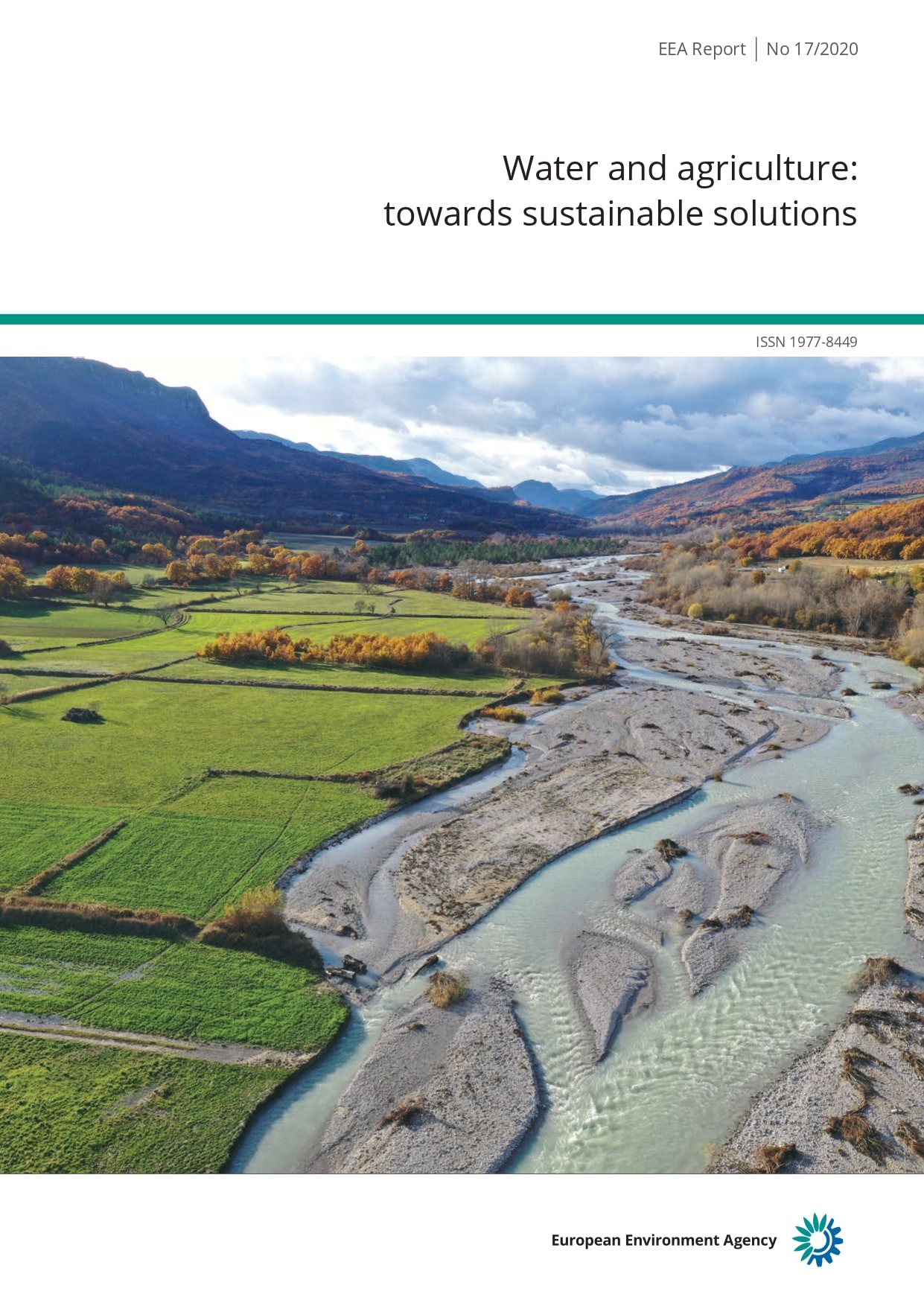
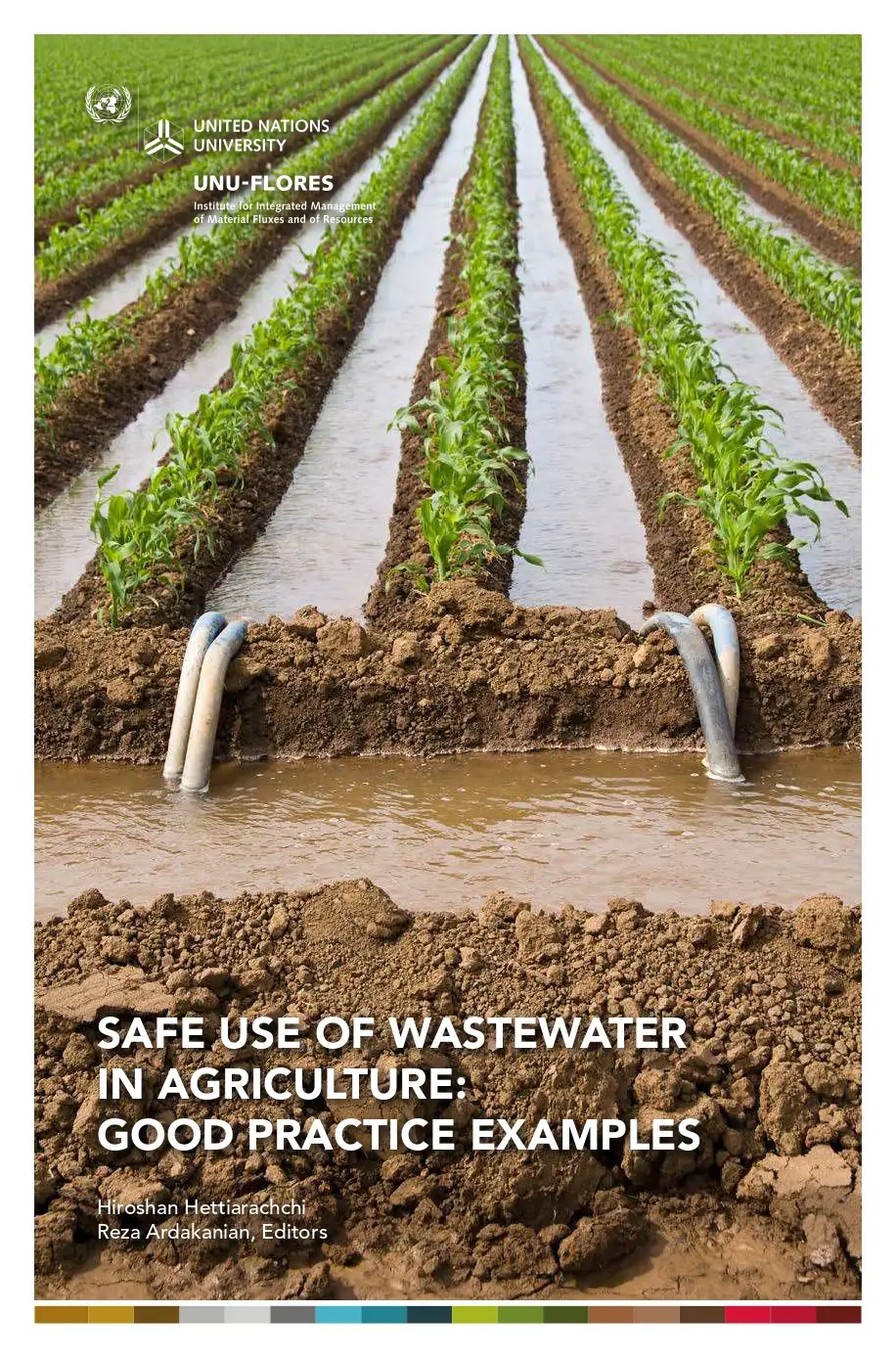

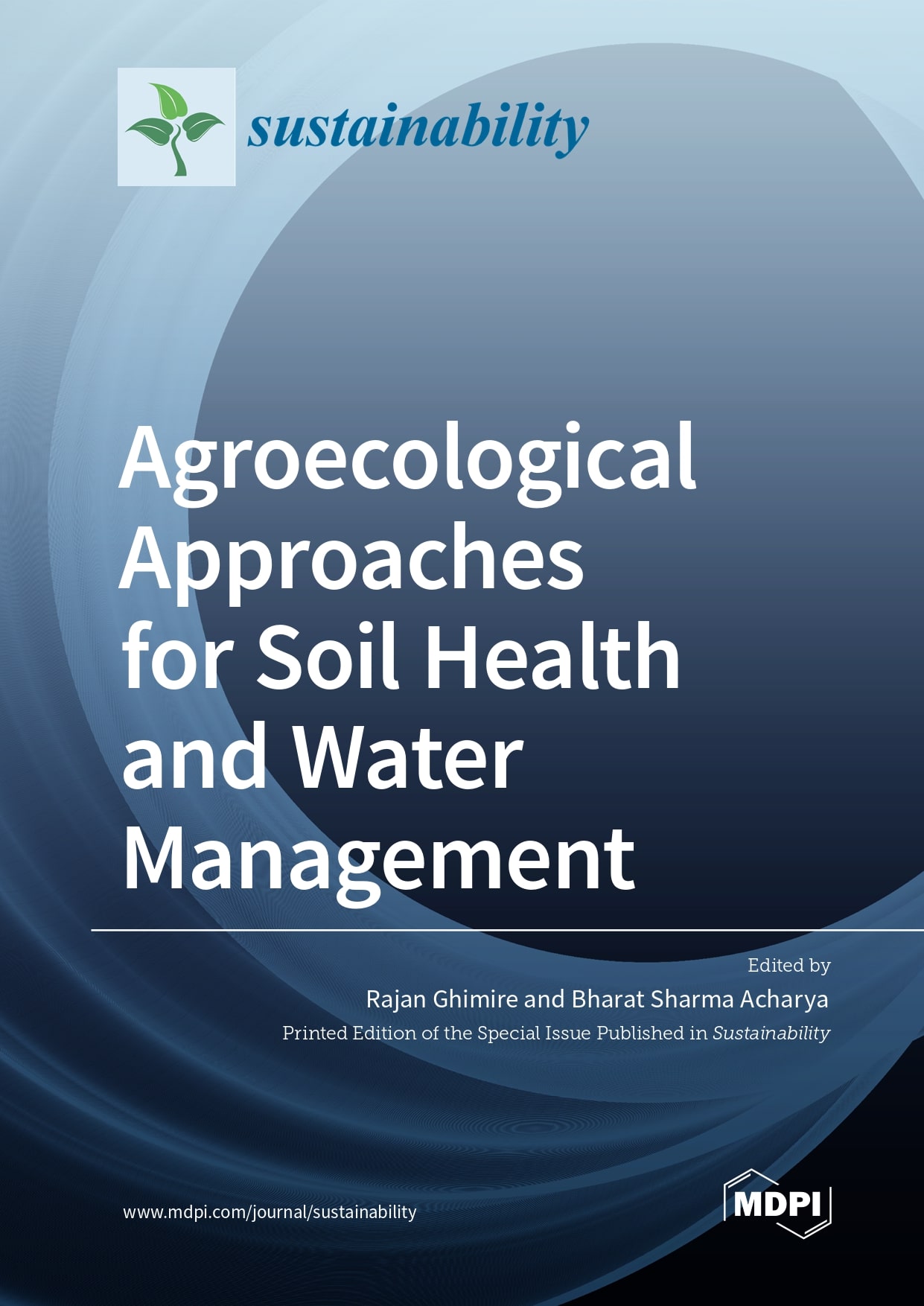
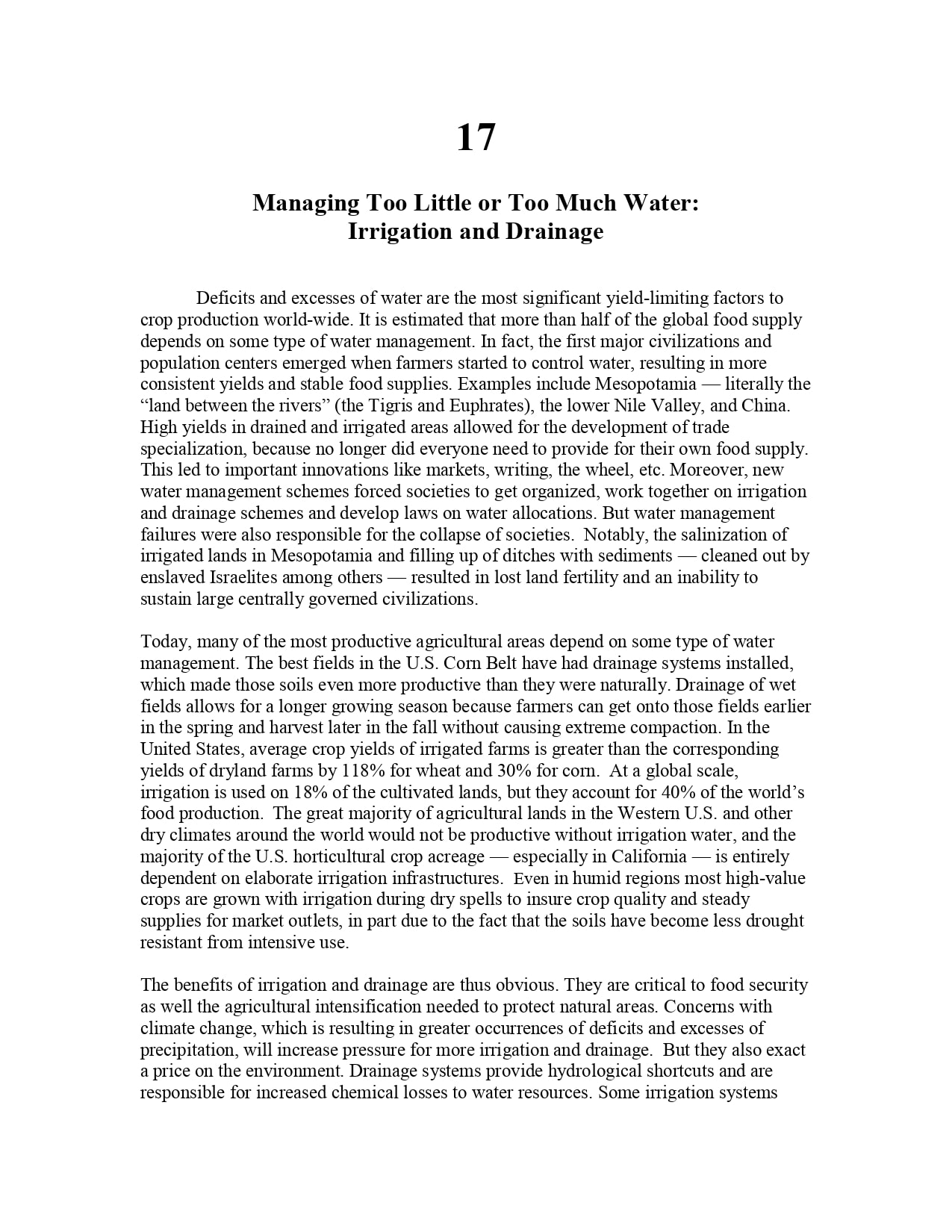






Reviews
There are no reviews yet.